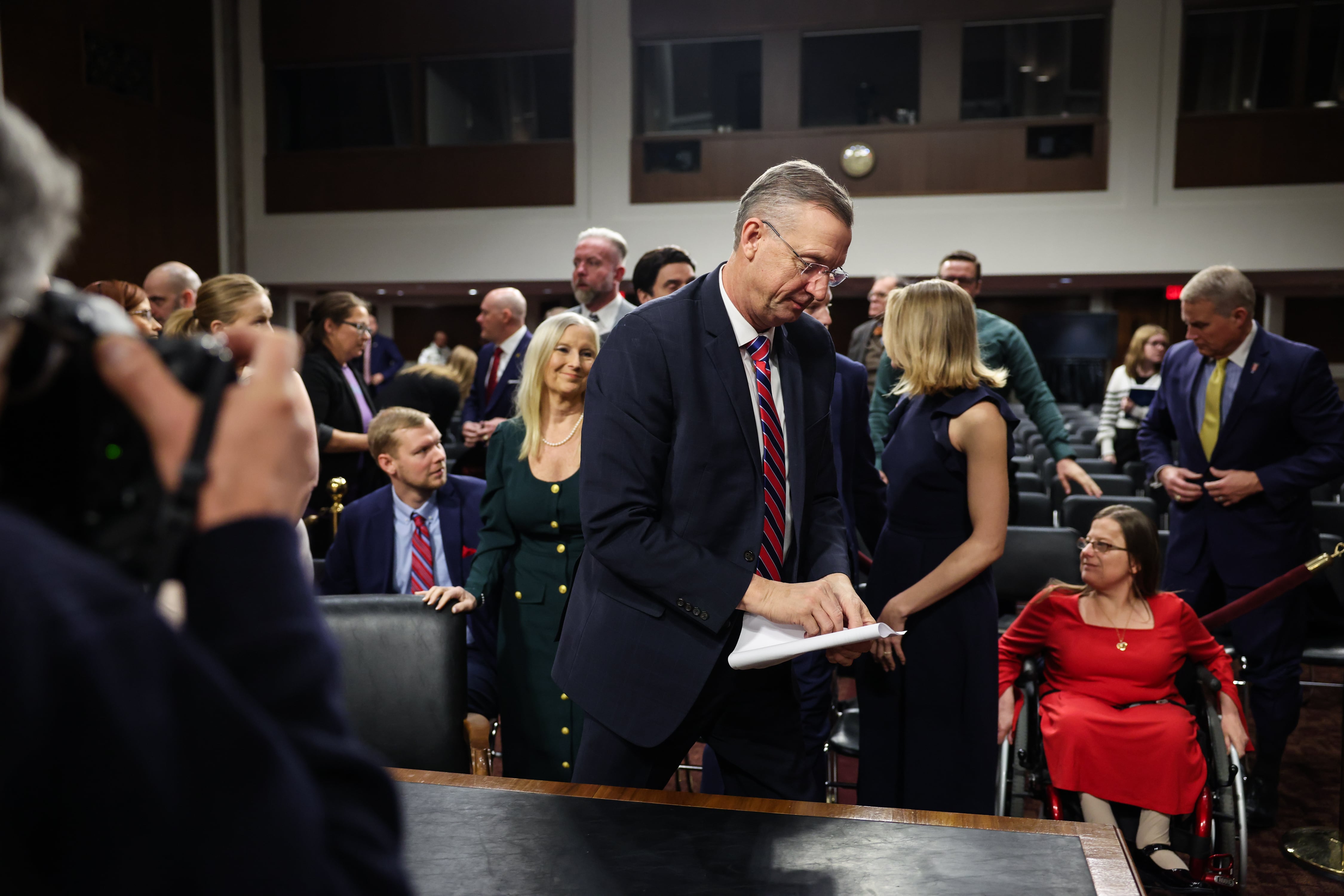The all-volunteer force remains a successful reform born out of the Vietnam era. Evidence of this success is noteworthy this year for many reasons. The anniversary of Desert Storm certainly brings back the historical significance of what the all-volunteer force can accomplish, and the subsequent deterrence to a conventional conflict it has offered our nation. This past year also demonstrated the resilience of our total force, with the largest National Guard mobilization since WWII. In 2020, the Reserve component fought forest fires, conducted hurricane relief, established security during social unrest, and provided pandemic support across our nation. This high-performing force has grown stronger because of its volunteers.
With these accomplishments, it comes as a surprise there are still proponents who want to go back to the draft to spread service across the nation in a more egalitarian manner. A recent commentary from retired Army Maj. Gen. Dennis Laich, “A nation of draft dodgers,” warrants a review of the incredible reforms the all-volunteer force brought to our nation. The heart of the draft argument is that the all-volunteer force is not fair, efficient, or sustainable. At the core of the problem is a diminishing pool of individuals who are qualified and willing to serve. Compared to the legacy force, the all-volunteer force has significantly raised the standards on physical, mental, and conduct qualifications. The days of a judge offering the choice between jail or military service are, thankfully, long gone.
Just as the U.S. military aspires to never enter a fair fight, thus winning with overwhelming force, our standards for volunteers require both physically and intellectually strong individuals with the propensity to serve.
It is the individual service member’s dedication and drive to maintain high standards that truly provides the marked advantage over conscripts who did not choose to serve. The all-volunteer force, paired with the Powell Doctrine, resulted in a clear advantage as demonstrated by Desert Storm. It has allowed our military to inspire a leadership culture that promotes initiative and trust in junior leaders with a strong NCO corps — an unimaginable concept for our adversaries stuck on centralized control of conscripts.
I recall after 9/11 the flood of volunteers who stepped forward to serve, and many are still in our ranks today. They volunteered and not for a bonus. I remember Pat Tillman who stepped away from a multi-million-dollar pro football contract to “volunteer.” He gave up millions to volunteer … and his life in defense of his nation.
Laich equates modern-day enlistment bonuses with Civil War substitution and commutation, which is a 160-year stretch compounded by an embellished $40,000 enlistment bonus seemingly provided to all or most recruits. Such a bonus does exist — for a cryptologic linguist, or a nuclear specialist in the Navy. But for the average recruit the bonuses start in the $5,000 range and can go a little higher for a 6-year enlistment, which helps the services manage retention and save on the costs of recruitment.
Good recruits are hard to find — but it is not impossible, as we have proven since 1973. Every service member in uniform today is the product of the all-volunteer force; some came in for a bonus, but the majority came in for the education, pay, benefits and genuine desire to serve. As long as our nation continues to take care of service members and their families, the all-volunteer force will remain viable.
Retired Air Force Lt. Gen. Dana T. Atkins is president and CEO of the Military Officers Association of America. He served as a command pilot with more than 4,000 hours in fighter aircraft. During his career, he flew as a demonstration pilot for the European A-10 Demonstration Team and the U.S. Air Force Thunderbirds. He retired from the Air Force as commander, Alaskan Command, U.S. Pacific Command; commander, 11th Air Force, Pacific Air Forces; and commander, Alaskan North American Defense Region, Elmendorf AFB, Alaska.
Editor’s note: This is an op-ed and as such, the opinions expressed are those of the author. If you would like to respond, or have an editorial of your own you would like to submit, please contact Military Times managing editor Howard Altman, haltman@militarytimes.com.




